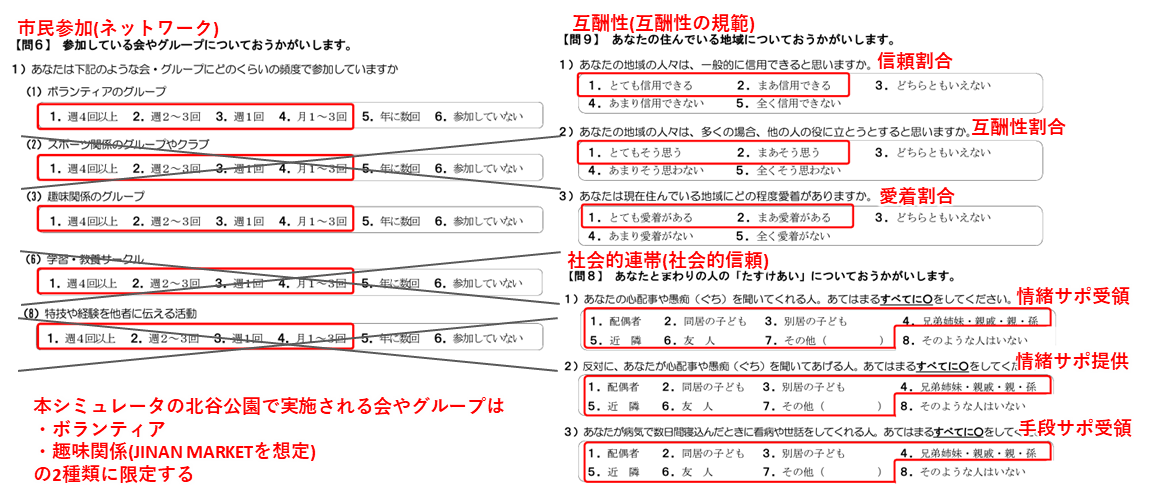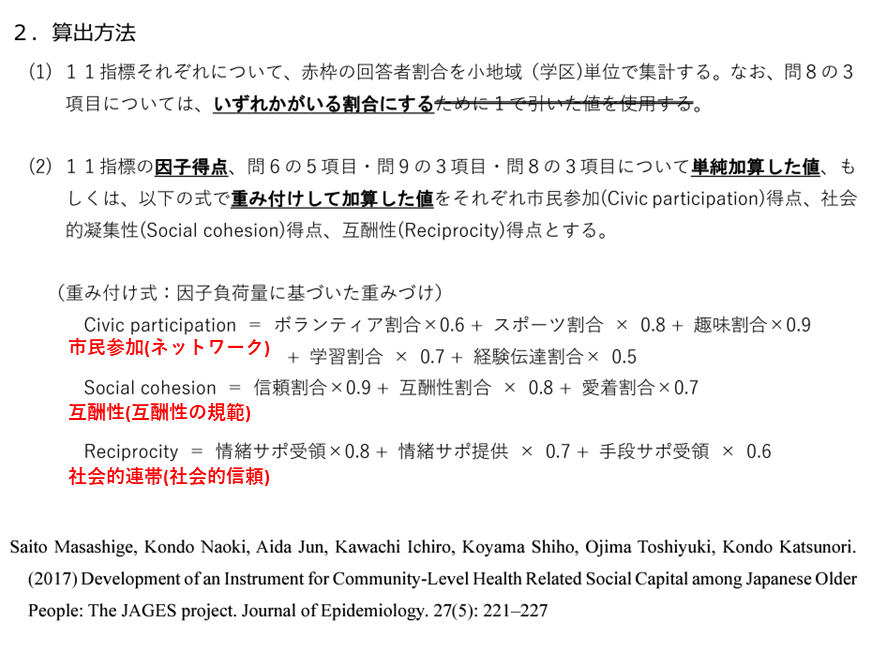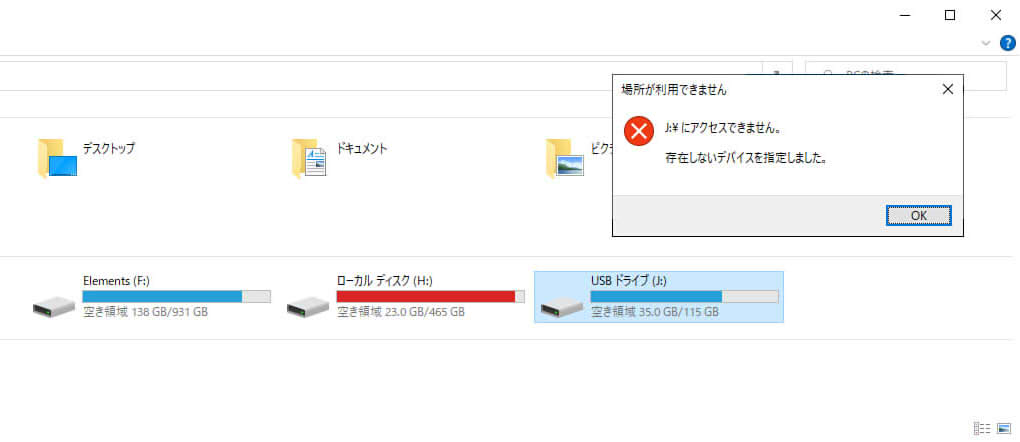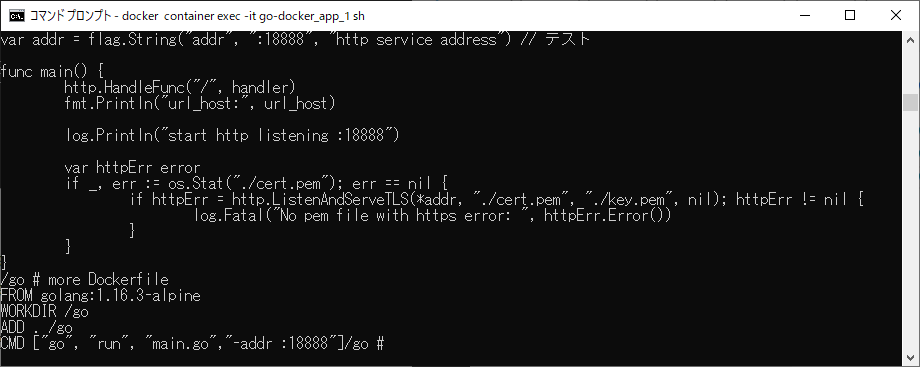Development of an instrument for community-level health related social capital among Japanese older people
日本の高齢者における地域レベルの健康関連ソーシャル・キャピタルのための手段の開発
https://www.jstage.jst.go.jp/article/jea/27/5/27_27_221/_pdf/-char/ja
概要
我々は、日本の高齢者コミュニティ居住者のデータに基づいて、コミュニティレベルのソーシャルキャピタルを測定する手段を開発し、検証した:
方法:702のコミュニティ(学区)に属する123,760人の機能的に自立した高齢者を含む全国調査である日本老年学的評価研究の横断的データを使用した。調査項目の探索的因子分析および確証的因子分析を行い、地域社会資本を測定するための多次元尺度の項目を決定した。
内部整合性はクロンバッハのアルファで確認した。収束的構成妥当性は、尺度と健康アウトカムとの相関によって評価した: 53の候補変数から、ボランティアグループ、スポーツグループ、趣味の活動、勉強や文化のグループ、特定のスキルを教える活動への参加、信頼、互恵性の規範、自分のコミュニティへの愛着、感情的支援を受けた、感情的支援を提供、道具的支援を受けたという11のコミュニティレベルの変数が抽出された。因子分析により、これらの変数は、市民参加(固有値 ? 3.317, a ? 0.797)、社会的結束(固有値 ? 2.633, a ? 0.853)、相互性(固有値 ? 1.424, a ? 0.732) という三つの下位尺度に属することが決定された。確認的因子分析により、このモデルの適合性が示された。
多段階ポアソン回帰分析の結果、市民参加スコアは、個人の主観的健康度(Self-Rated Health:有病比[PR] 0.96; 95%信頼区間[CI], 0.94e0.98; Geriatric Depression Scale [GDS]: PR 0.95; 95% CI, 0.93e0.97)。互恵性スコアは、個人のGDSとも関連していた(PR 0.98;95%CI,0.96e1.00).社会的結束スコアは、個々の健康指標との一貫した関連はなかった。
結論 コミュニティレベルでのソーシャルキャピタルを測定するための我々の尺度は、高齢のコミュニティ居住者を対象とした今後の研究に役立つかもしれないc 2016 The Authors. 日本疫学会の委託を受けたElsevier B.V.による出版サービス。本論文は、CC BY-NC-NDライセンス(http://creativecommons.org/licenses/by-nc-nd/4.0/)に基づくオープンアクセス論文です。
はじめに
ソーシャルキャピタルの概念は、ネットワークベースのアプローチと社会的結合のアプローチという2つの異なるアプローチで用いられている9。コミュニティレベルのソーシャルキャピタルは、高齢者が健康や幸福を維持するために重要であり、高齢者はコミュニティで多くの時間を過ごす可能性が高い。日本は、急速な人口高齢化を経験する先進国の中で、世界をリードしている国である。現在、高齢者の割合は26.0%であり、2025年には30.3%に達すると予測されています。このような状況に対応するため、日本政府は、高齢者の健康のための新しい公衆衛生課題「高齢者のための統合コミュニティケア」を開始しました10。この課題は、コミュニティレベルでの社会資本の構築、地域の医療ガバナンスの改善、高齢者を支える地域資源/環境の充実を目的としています。そのため、コミュニティレベルでのソーシャルキャピタルの測定やモニタリングに対する関心は、中央政府や地方政府の間で高まっている。
現在までに、ソーシャルキャピタルを測定するための尺度がいくつか開発されており、その中には、職場、11学校、12,13、特別なケアを必要とする子どもの養育者14、臨床・翻訳科学の研修生に使用できる尺度がある15。しかし、私たちの知る限り、日本のような先進国の高齢者の研究に有用なコミュニティ・ソーシャル・キャピタル尺度は存在せず、その多くは少数のコミュニティまたは単一のコミュニティで開発されているため、既存のソーシャル・キャピタル尺度の一般化可能性は限定的であるかもしれない。また、認知的ソーシャルキャピタルや構造的ソーシャルキャピタルなど、コミュニティレベルのソーシャルキャピタルの多次元を捉えることができない2,16。
本論文では、地域居住高齢者を対象とした大規模な調査データを用いて、地域居住高齢者集団における地域社会資本を測定するための指標を開発し、検証を行った。コミュニティ・ソーシャル・キャピタルの定義は様々であるが、その中でも疫学・公衆衛生分野で影響力のある定義として、Coleman22による定義がある。パットナムの定義もよく知られている。「ネットワーク、規範、社会的信頼など、相互利益のための協調や協力を促進する社会組織の特徴」23。社会疫学では、河内とバークマンが公衆衛生の現場で役立つ、よりストレートな定義を紹介した: 社会疫学では、KawachiとBerkmanは、公衆衛生の場において有用な、より直接的な定義を導入した。「ネットワークやグループの一員であることの結果として、個人がアクセスする資源」17。
これらの定義を参考に、コミュニティ診断(コミュニティと住民個人の特性を評価すること)に使用することを想定し、コミュニティレベルの健康関連ソーシャルキャピタル尺度を開発しました。地域社会の特性が個人の健康に与える影響を評価することは、公衆衛生の研究や活動において重要な関心事である。
メソッド
データ
日本老年学的評価研究(JAGES)プロジェクトの2013waveの横断データを分析した。JAGESは、30自治体の65歳以上の身体的・認知的障害を持たない人(公的介護保険給付を受けていない状態と定義される)を調査した。調査対象は、無作為に抽出されたものではなく、日本の地域や人口規模など幅広い特徴を持つ自治体である。比較的小規模な13の自治体では、機能的に自立した高齢者全員に自記式質問票を郵送し、17の自治体では、住民票に基づき無作為に抽出した高齢者に質問票を郵送した(回答率71.1%)。回答者は、一部の自治体を除き、主に学区に基づく832のコミュニティに属する129,739人の住民である。回答者が50人未満のコミュニティは、サンプル数が少ないために正確な値が得られないことを避けるために除外されました。最終的に、702のコミュニティから123,760人のデータを得ることができた。コミュニティあたりの平均観察数は176(標準偏差[SD]、226)であった。
ソーシャルキャピタルをコミュニティレベルで評価するために、個々の回答を小さなエリア(学区)に集約した。ソーシャルキャピタルは、市町村、都道府県、国など様々なレベルの集計が可能であるが、本稿では以下の理由から学区をコミュニティの単位とした。第一に、多くの地域において、学区は高齢者が徒歩や自転車で容易に移動できる地理的規模であり、老人クラブやスポーツクラブなどの地域組織による多くの地域活動が各学区内で行われていることが挙げられる。第二に、学区は地域の公衆衛生活動を考える上で貴重な単位である。第三に、校区は、各コミュニティのサンプル数という点で、集計情報の精度を十分に維持できる最小のエリアサイズであることである。
ソーシャルキャピタル尺度の候補変数の選定
ソーシャルキャピタル尺度の同時検証は、健康指標である自己評価健康度(SRH)と抑うつ症状で評価した。これらは、他の医学的、行動学的、心理社会的要因に関係なく、死亡率の有効な予測因子である。25,26 SRHは、「現在の自分の健康状態について、優れている、良い、普通、悪いとどのように感じますか」という質問で測定した。うつ病の症状は、単純な2値(はい/いいえ)形式で、地域での自己投与用に開発された15項目の老年期うつ病尺度(GDS)を用いて評価された27,28。
統計解析
ソーシャルキャピタル尺度の変数の選択
まず、コミュニティレベルの特性を表す複数の指標からコミュニティのソーシャルキャピタル尺度を作成する必要があるため、選択した各変数をコミュニティ(学区)レベルに集約した。第二に、健康アウトカムに関連する変数を抽出するために、人口密度や高齢者比率をコントロールした上で、各候補変数とSRHおよびGDSの健康指標との偏相関を算出した(生態学的分析)。SRHまたはGDSと中程度または強い相関がある候補変数を抽出した(r > 0.150)。複数の変数が概念的に類似している場合は、健康指標と最も近い関係にある変数を採用した。第3に、探索的因子分析を行い、Cronbachのα検定で評価した内部整合性が最大となるように、共同性の低い変数を除外した。第四に、これらの因子分析にプロマックス回転を用いた最尤法を適用し、同定された因子間の相関を考慮した。コミュニティ・ソーシャル・キャピタル尺度を作成する際に、単一の指標ではなく、複数のコミュニティ指標を用いることで、作成した尺度の信頼性を高めることができる。次に、確認的因子分析を実施した。残留共分散行列を用いた分析によって、確証的因子分析モデルの適合度指標を改善することは試みなかった。
同時性検証の評価
コミュニティ・ソーシャル・キャピタルの文脈的効果をモデル化するために、個人の構成(すなわち、個人の社会人口学的背景とコミュニティ・ソーシャル・キャピタル尺度作成に用いた質問に対する回答)による健康結果の変動を説明するためにマルチレベル分析を使用した9。また、個人の特性によってコミュニティ・ソーシャル・キャピタルと個人の健康との関連性が異なる可能性について、クロスレベル相互作用項を適用してモデル化した。統計解析には、Stata 12.1(StataCorp, College Station, TX, USA)とMLwiN 2.32( Centre for Multilevel Modelling, Bristol University, Bristol, UK)を用いた。
倫理的配慮
JAGES参加者には、本研究への参加は任意であり、郵送による自記式質問票の記入と返送が、本研究への参加に同意したことになることを説明した。日本福祉大学倫理委員会から倫理的承認を得た(13-14)。
結果
相関分析の結果、53個の候補変数のうち、健康指標と強く、あるいは中程度の関連性を持つ14個を選択した(表1)。共同性を高めるために3つの変数を除外し、最終的に内部整合性(a ? 0.752)に基づき、11の変数を健康関連コミュニティ社会資本尺度に含めるために採用した(表2)。
探索的因子分析(表3)により、11変数からなる3因子(固有値:3.317、2.633、1.424)の累積寄与率は67.0%であった。第1因子は、ボランティアグループ、スポーツグループ、趣味の活動、学習・文化グループ、技術指導のための活動への参加と主に関連していた(a ? 0.797).この因子を総称して「市民参加」と名付けた。信頼、コミュニティ信頼、愛着(a ?0.853)と強く関連する第2因子を「社会的結束」と名付けた。また、感情的支援の受領・提供、道具的支援の受領(a ?0.732)と強く関連する第3因子は「互恵性」と名付けられた。社会的結束力スコアは、互恵性スコアと有意な相関があった(r ? 0.436,p < 0.001)。確認的因子分析の結果、近似平均二乗誤差は0.089、比較適合指数は0.925、TuckereLewis指数は0.899、標準化平均平方根残差は0.058であり、適合指数の基準とほぼ同等であった。
江端追加: SC指標の提案最終版20171007より抜粋
表4は、多段階ポアソン回帰モデルの変数の記述統計である。個人レベルの市民参加は、回答者が月に1回以上参加した市民グループ(5つまで)の数を合計して算出した。個人レベルの社会的結束と互恵性は、「強く・中程度にそう思う」「誰でもそう思う」と答えた人を他のすべての回答者と二分している。個人の社会人口統計学的状態(すなわち、年齢、性別、配偶者の有無、学歴、世帯年収)をコントロールした後でも、すべてのコミュニティレベルのソーシャルキャピタルスコアは、抑うつ症状と有意な関連を示した(表5)。有病率(PR)は、市民参加のスコアが1SD増加するごとに0.94(95%信頼区間[CI]、0.92e0.95)であった。社会的結束と互恵性のPRはそれぞれ0.97(95%CI、0.95e0.99)、0.96(95%CI、0.95e0.98)であった。アウトカムを自己評価に変更した場合、社会関係資本スコアのPRはGDSスコアとの関連と同様であったが、社会的結合と互恵性については統計的有意性は僅かであった。
ソーシャルキャピタルを評価するための尺度に用いた質問に対する個人レベルの回答を追加調整しても、市民参加のPRに影響はなかった(SRHが悪い/公平のPR:0.96、95%CI:0.94e0.98、GDSのPR:0.95、95%CI:0.93e0.97、モデル2)。互恵性は個人のGDSとも関連していた(PR 0.98;95%CI,0.96e1.00).一方、同じ調整により、コミュニティレベルの社会的結束と個人の健康指標との間の関連は弱まった。非正規分布や欠損データを考慮し、カテゴリーデータとしてダミー変数を用いた指標法を適用しても、主要な結果や傾向は変わらなかった(表2参照)。また、各コミュニティレベルのソーシャルキャピタルスコアと個人の回答との相関係数は高くなかった(0.09e0.17)。
ディスカッション
市民参加、社会的結束、互恵性の下位次元からなる11項目の尺度を開発し、検証したところ、確認的因子分析により、これらの11項目の指標が信頼できる尺度を形成していることが示された。また、収束妥当性を支持するエビデンスとして、各指標は期待される方向で健康アウトカムと相関していることがわかった。また、さらなる研究が必要であるが、この尺度は日本と同じような背景を持つ他の国でも有用である可能性がある。
ソーシャルキャピタル理論では、市民参加、社会的結束、互恵性の3つの次元の区別が基本となっている3,16,17,29 因子分析では、これらの3つの要素を統計的に特定した。Islam らは、ソーシャルキャピタルの構造的次元は、社会組織の外見的観察可能な側面を含み、ネットワーク接続や市民参加などの行動的顕在化によって特徴づけられると述べている29 。また、信頼、互恵性の規範、コミュニティへの愛着など、主観的な態度を反映する要素をまとめて「社会的結束」と名付けたことも、理論的に合理的であった。また、社会資本尺度の「互恵性」は、コミュニティ内での個人のソーシャルサポートの交換を促進するコミュニティ・ソーシャルキャピタルの次元を捉えていると考えられる。また、「互恵性」と「社会的結束力」の間に強い相関が見られた結果も、理論的枠組みと整合的であった。また、コミュニティレベルのソーシャルキャピタルスコアと個人の回答との間には、個人指標で調整した後、信頼区間の著しい膨張や強い相関は認められなかった。これらの結果は、多重共線性の可能性は大きくないことを示唆している。
これは、研究者が「ソーシャル・キャピタル」の概念を運用・測定する方法に一貫性がなく、多くの場合、二次データセットから入手可能な代理変数に頼っているためである可能性がある。これまでの研究では、ソーシャルキャピタルの代理変数として、選挙における地域住民の投票率や地域の犯罪率などの指標を使用してきた。これらの変数は、ソーシャル・キャピタルの先行要因または結果であるとみなすことができるが、その中核的な概念を直接的に捉えるものではない。また、研究結果の違いは、文化、地域、分析単位、年齢層などの違いも関係しているかもしれない。
しかし、日本では、社会的結束や認知的ソーシャルキャピタルの中心概念である一般化された信頼は、結束力のある社会では低く、そのような社会での人間関係は「信頼」ではなく「保証」に基づいているためである30。しかし、これまでの研究は、様々な概念に基づく従来型の代替尺度を用いているため、比較が困難であった。共通の尺度を用いることで、研究者の「真の」関心事に関する研究間の差異についての議論に貢献することができる。
これは、本研究で用いた市民参加の指標が、社会的結束の指標よりも客観的であったためと考えられる。また、我々の分析では、コミュニティレベルの社会的結束力が健康指標に対して逆の予測値を示した。このような結果の理由を明らかにするために、さらなる研究を行う必要がある。Portesは、集団レベルの社会資本が持つ潜在的に有害な特性として、部外者の排除、集団メンバーへの過剰な要求、個人の自由への制限、下層化規範の4つを指摘している。また、日本の実証研究では、出身地が現在居住している地域と異なる住民において、より強い社会的結束が抑うつ症状と関連することが示された34。あるいは、地域レベルの社会的結束の予測値が弱いことは、他者への信頼度が低い人の不参加が考えられるため、測定バイアスを介して説明できるかもしれない。また、個人的な認識について質問する際の情報バイアスも、別の説明となるかもしれない。コミュニティ・グループにおける個人のメンバーシップに関する情報と比較して、信頼や互恵性に関する個人の認識は、様々な一時的な条件によってより影響されやすいと考えられる。また、健康な人ほど参加しやすいという逆因果があるのかもしれない。個人レベルのソーシャルキャピタルの認知は、コミュニティレベルのソーシャルキャピタルと比較して、個人の健康とより強く関連していたが35、これは予想外のことである。
長所と短所
本研究には、いくつかの重要かつ固有の強みがある。調査はもともとソーシャルキャピタルを測定するために設計されており、概念的に適切な様々な候補変数を使用することが可能であった。特に、参加者個人とコミュニティの数が多いことは重要な強みであり、我々の分析はコミュニティレベルの尺度を作成するのに十分な力を持つからである。また、高齢者に特化したソーシャルキャピタル尺度を作成したのは、この種のものとしては初めてである。とはいえ、本研究にはいくつかの重要な限界もあった。クロスセクションデザインは、逆因果を含む可能性があり、同時妥当性の評価結果にバイアスをかける可能性があった。さらに、さらなる検証を行うことが望ましいと思われる。例えば、基準妥当性は、より客観的に測定されたコミュニティレベルの変数、例えば、各組織への参加比率や投票率などを用いて評価することができるだろう。また、死亡率などのハードアウトカムを用いた検証研究も必要である。本調査の回答率は71.1%と比較的高かったが、選択バイアスを完全に排除することはできない。また、本調査のデータセットが全国を代表するサンプルではなく、高齢者を対象として作成されたものであるため、一般化可能性には限界があるかもしれません。若年層や別の調査方法で作成されたデータなど、別の文脈から得られたデータに我々のコミュニティ社会資本尺度を適用する場合には注意が必要である。しかし、サンプルに含まれる自治体の地理的・文化的なばらつきは大きく、また、自治体には大都市と農村が含まれています。また、コミュニティの単位として学区を用いたが、他の地域単位で定義されたコミュニティを評価する場合にも同様に有効であるかどうかはわからない。理想的には、どのような集計レベルでも適用可能なソーシャルキャピタル指標を作成することである。しかし、個人レベルのデータを用いた代替因子分析の結果、3つの因子にはそれぞれ同じ項目が含まれており、ソーシャルキャピタルのスコアが代替的な集計単位で一般化できる可能性があることが示唆された。
結論
我々は、市民参加、社会的結束、互恵性を評価する11項目からなる健康関連コミュニティ社会資本尺度を開発した。この尺度は、高齢者集団に由来するデータに基づいて計算できるように設計されている。この新しい標準的なソーシャル・キャピタル尺度は、公衆衛生や老年学的な問題、またコミュニティ・ソーシャル・キャピタルに関連する他の事柄に光を当てることができる: MS、NK、JA。調査を実施した: KK、JAGESグループ。データ分析: 原稿執筆への貢献:MS、SK、JA: 原稿執筆への貢献:MS、NK、JA、IK、KK、TO.著者全員が最終版の原稿を読み、承認した。
利益相反行為について
宣言したものはない。
謝辞
本研究は、日本学術振興会科研費(23243070、24390469、26285138、15H01972)、厚生労働科学研究費補助金(H24-Choju-Wakate-009、H28-ChojuIppan-002)、老化と健康に関する総合研究(H25-ChojuIppan-003)による助成を受けています。JAGES2013の調査データは、日本福祉大学幸福社会研究センターが研究プロジェクトの一つとして実施したもので、厚生労働科学研究費補助金・加齢医学総合研究事業(H26-Choju-Ippan-006, H25-Choju-Ippan-003, H25-Kenki-Wakate-015, H25-Irryo-Shitei-003, H24-Junkanki Ippan-007)により、支援を受けています; 米国Department of Health and HumanServices, National Institutes of Health, National Institute of Agingからの助成金(R01AG042463-01A1)です; 日本学術振興会科学研究費補助金(20319338, 22390400, 23243070, 23590786, 23790710, 24140701, 24390469, 24530698, 24653150, 24683018, 25253052, 25870881)、国立長寿医療センター(24-17、 24-23, J09KF00804)助成金。資金提供者は、研究デザイン、データ収集と分析、出版決定、原稿作成に関与していない。JAGESプロジェクト(2015)は、以下の各フィールドセンターにおけるコーディネートグループと共同研究者で構成されています: 近藤和彦(研究代表者、BZH12275@nifty.ne.jp)、河内一郎、会田淳一、芦田哲也、市田洋一、岡田栄一、大坂和也、尾島俊夫、亀田雄一、近藤直樹、齋藤知子、佐々木陽子、菖蒲川陽子、S.鄭、白井啓介、鈴木啓介、高木大輔、武田俊介、谷泰史、玉越明、辻大介、坪谷拓也、轟悠、中出雅彦、長峰義人、羽生田正樹、花里真、林哲也、引地裕、平井宏、Y.藤野、藤原、三澤、宮国、村田、柳、山本、横田、N.C.Cable. また、解析結果については、著者および共著者のほか、以下の研究者が参加したSCワーキンググループで再議論した: 日本大学: 日本大学:稲葉陽二、東北大学:松山祐輔 日本大学:稲葉洋二、東北大学:松山雄介、佐藤幸弘、上野道子、国立成育医療研究センター:藤原武夫、千葉大学:辻本淳、辻本淳、辻本淳子 藤原武夫、千葉大学: 宮国泰弘、花里正道、琉球大学: 琉球大学:白井こころ、東京大学:芦田豊雄 芦田豊雄、浜松大学:岡田栄作、新潟大学: 菖蒲川裕吾、神奈川歯科大学: 山本達夫氏。



